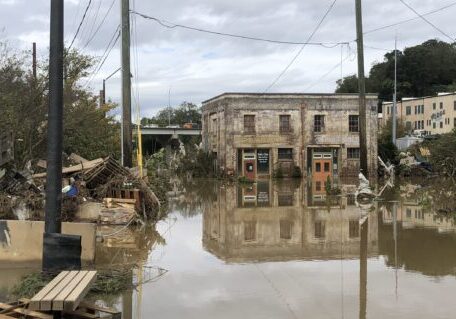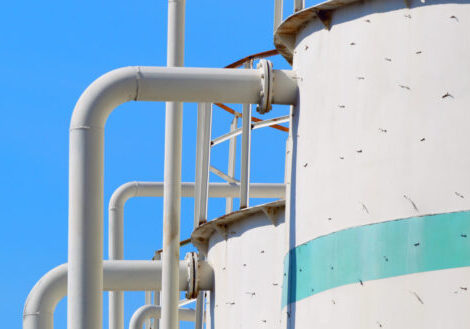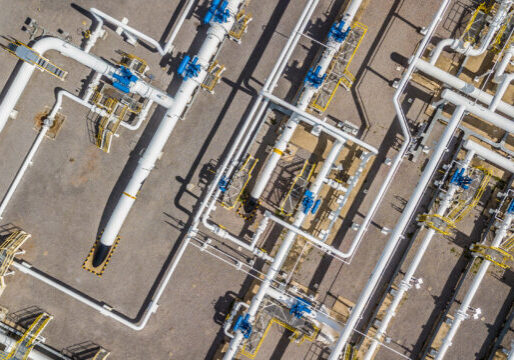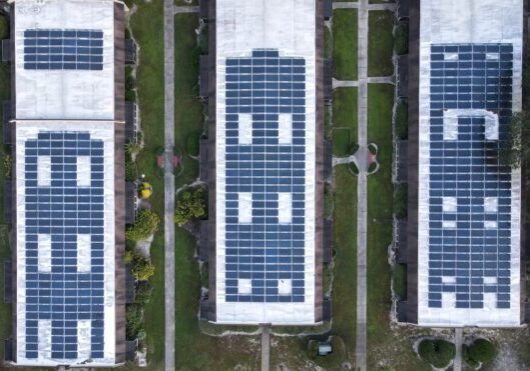September 25, 2017
Firm Public Commitment, a Pipeline of Projects, and Investment Driving UK Offshore Wind Cost Reductions and Jobs, Jobs, Jobs
By Val Stori
The UK offshore wind sector splashed media headlines this month with two sweeping announcements—1) winning offshore wind bids from the UK’s latest contracts-for-difference auction for renewable technologies came in at £57.50/MWh and 2) 48 percent of the total expenditure for planning, building, and operating offshore wind projects in the UK is based in the UK. These impressive milestones are a direct result of policies and investments that have encouraged bigger projects, larger turbines, and market growth.
In a recently released report by RenewableUK, Offshore Wind Industry Investment in the UK, data show that the UK content in offshore wind farms has risen to 48 percent. This growth reflects the maturity and development of the UK’s offshore wind sector. Since RenewableUK’s last report in 2015, the OSW industry has continued to flourish, project development costs have dropped, manufacturers have invested in UK facilities, and two rounds of CfD auctions have ensured a pipeline of projects. The largest growth in UK content stems from an increase in the country’s manufacturing and construction capability resulting from the direct investment of international companies such as Siemens and MHI Vestas, both which have opened blade manufacturing facilities in the UK. These investments are not only bolstering regional economies, but also reducing costs to below that of new nuclear power plants. Moreover, the sector is expected to continue growing with a projected investment of £11.5 billion in the next four years in a secure pipeline of projects. Eight million homes in the UK will be powered by OSW in 2020. According to the report, this investment reaches coastal communities, ports, and business. However, the report’s analysis does not capture “secondary” investments in local jobs or induced jobs that result from the purchases of those involved directly in the sector.

An increase in total expenditure increased UK content to 48%, up 5% from 2015.
This growth is a direct result of advances in turbine technology and, in turn, reductions in cost. As the sector has grown, so has UK expertise; some of this expertise is now exported globally, as shown in a separate analysis by Renewable UK. The Offshore Wind Industry Investment in the UK report’s analysis does show 11 percent growth in CAPEX since the 2015 report—UK supply chain companies are increasingly contributing to the manufacturing and construction of turbine components, blades, cables, and vessels; and a 2 percent growth in operational services (logistics, maintenance, & operation).
As the UK’s OSW capacity doubles over the next four years, industry will continue to drive down costs, increase local content, and create new jobs. The UK’s success paints an encouraging picture for the nascent US sector, which is increasingly drawing the attention of international developers and industry leaders. As our own pipeline of projects grows, what will be the economic and environmental benefits for the US?














